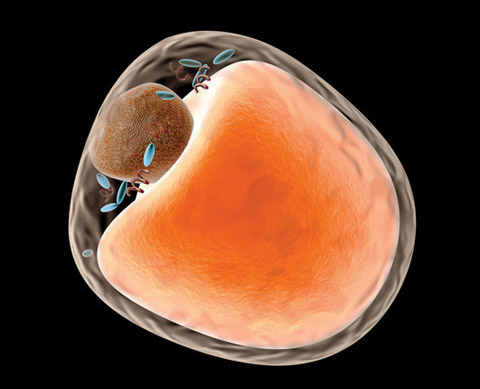What sends the body into calorie-burning overdrive after a burn?
Scientists discover immune system plays a critical role in hypermetabolism caused by burns
When the body shifts from accumulating fat to burning fat, it begins to burn energy instead of store it. This process is called browning, so named because fat cells change in colour from white to brown. Browning has been hailed as a promising treatment target for obesity and diabetes because it promotes weight loss and improves insulin sensitivity.

Dr. Marc Jeschke, senior scientist in the Tory Trauma Research Program at Sunnybrook Research Institute, and PhD student Abdikarim Abdullahi were among the first to show that browning is harmful in hypermetabolic conditions arising from burns and cancer. In such cases, the body goes into calorie-burning overdrive and begins to waste away.
In a paper published in the Annals of Surgery, Abdullahi, the study’s first author, and Jeschke zoomed in on the mechanisms of browning that follow burns. They analyzed white fat tissue donated by burn patients and found that compared to samples from non-burn patients, there were more macrophages, a type of immune cell. These cells express a protein called interleukin-6 (IL-6), which activates browning.
They then studied preclinical models of burns and found that macrophages were recruited to white fat tissue, which then browned. Next, they studied mice that had the same injuries but were genetically engineered to produce fewer macrophages. In these models the browning process was impaired.
Results highlight the immune system’s role in hypermetabolism caused by burns, and are the first to identify macrophages as central to IL-6-activated browning of fat after these injuries.



